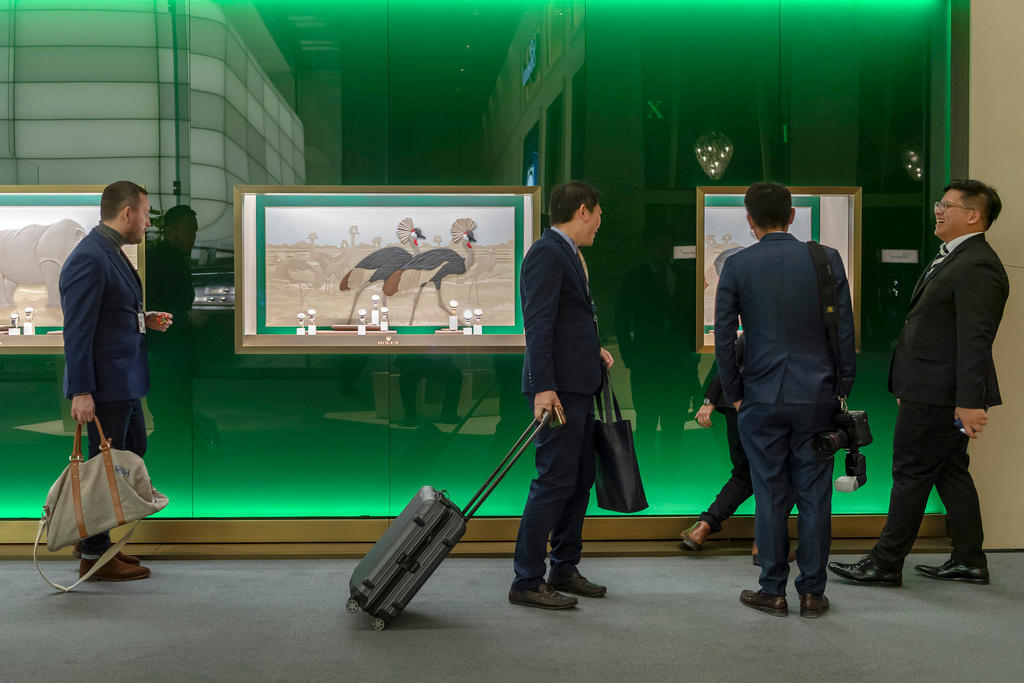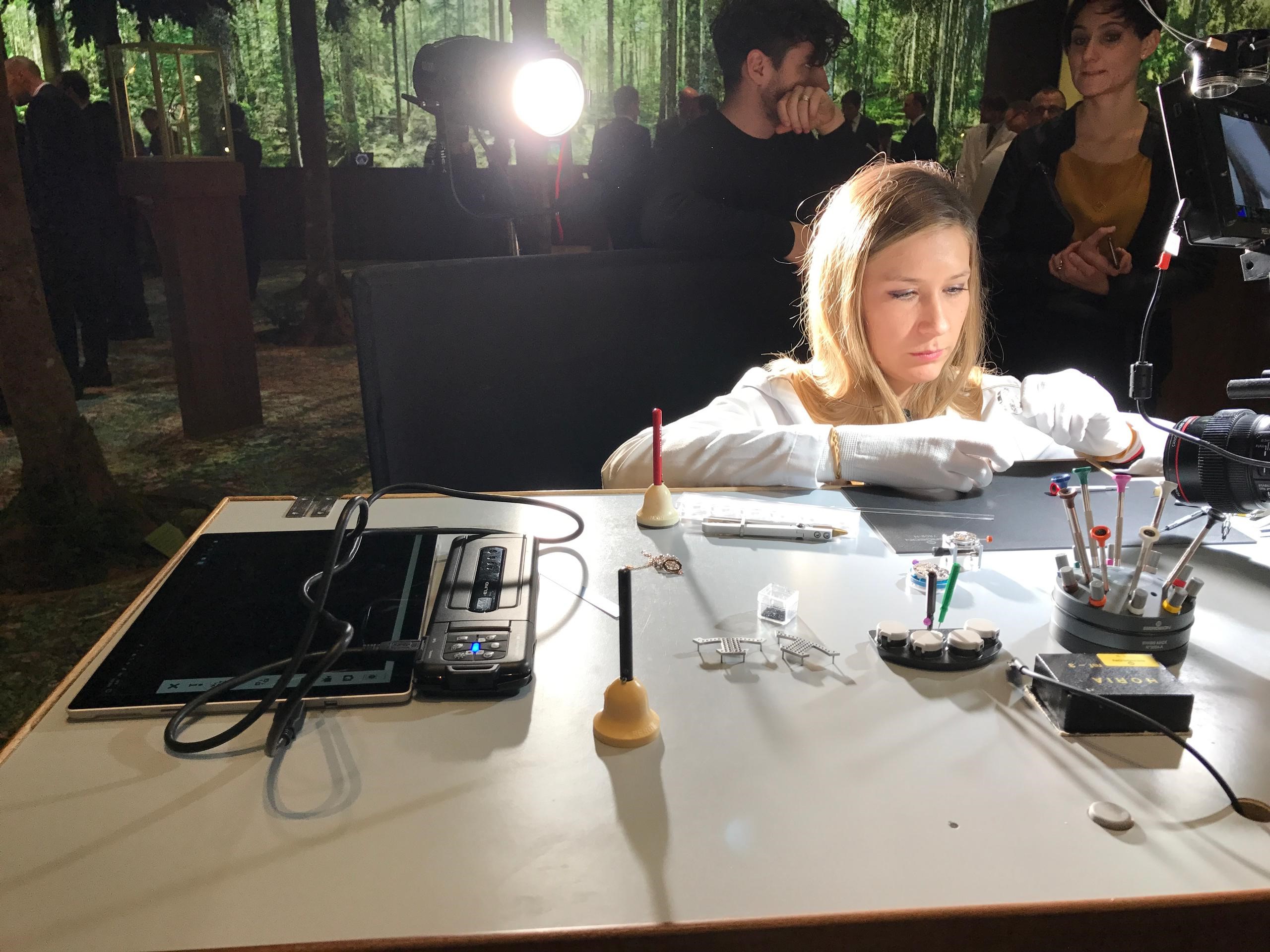Bally keeps in step with the times

Nearly 200 years ago, the inhabitants of a village in northern Switzerland lived to the rhythm of the siren from the family-run Bally shoe factory. The changes that affected this business tell a bigger story of developments in Swiss society. It’s a story that can be seen in photos from an extensive archive at the ‘Ballyana’ museum.
The original Bally business produced ribbons, braces for men’s trousers and other elastic products. Peter Bally-Herzog had taken over the company in Schönenwerd, canton Solothurn. After Bally-Herzog’s death in 1849, sons Carl Franz and Fritz took over the firm two years later.
A family firm embraces industrialisation
Carl Franz had a vision for the company: to provide functional, fashionable shoes. With the industrial revolution speeding up manufacturing, he employed thousands of workers up until the 20th century. While the company continued to grow steadily, so did facilities for its workers. Bally expanded its factory and created nearby living quarters for the people who worked there.




Along with his wife, Carl Franz opened a local school for girls, a kindergarten, an old-age home and a public swimming pool at the nearby River Aare. He built homes for workers and converted a flood region of the Aare into a tranquil public park. By the turn of the 19th century the use of steam engines and hydroelectric power provided new sources of energy which accelerated the output of the company and helped prepare it for eventually breaking into the global market.
Moving from functional to fashionable

Carl Franz’s grandson, Max Bally, had a keen eye for fashion and was meticulous about high-quality production. His designs shaped the signature look of BallyExternal link shoes for almost 70 years. He attended fashion shows and sketched new models, inspired by shop windows, people on the street, and material innovations he spotted while travelling.

Big changes afoot
After his death in 1976 the company was in crisis. It lacked a clear vision and was feeling the pressure of increased competition from abroad, a fall in prices and the abolition of the protective tariff, which aimed to make imported goods cost more than equivalent goods produced domestically.
Bally was sold to Swiss entrepreneur and banker Werner K. Rey in 1977. Rey went on to sell his stake in the company to the Swiss machine tool factory, Oerlikon-Bührle. Bally had established itself as a national treasure in Switzerland over the years and the loss of the company into hands outside of the Bally family was seen nationwide as a great loss.

Changes in management and the company’s organisation, and a lack of a signature style meant Bally no longer had a firm foundation on which to build. Bally began to reinvent itself, but customers couldn’t clearly identify what the business stood for anymore. After that, not much remained of the once-flourishing Swiss shoe industry.
Since 2018 the company has changed hands a few times. It is currently under ownership of Chinese textile group Shandong Ruyi. The purchase price was estimated at $700 million (CHF 697 million).

Between 1851 and 2000, Bally’s factories produced around 150 million pairs of shoes. The long history of this Swiss business has been recorded in photographs at the BallyanaExternal link museum. The archives have been collected as a dedication to preserving the heritage of the industrial history of the region, but mostly the Bally shoe factories. It collects memorabilia and preserves documents and objects from the past.

In compliance with the JTI standards
More: SWI swissinfo.ch certified by the Journalism Trust Initiative

















You can find an overview of ongoing debates with our journalists here . Please join us!
If you want to start a conversation about a topic raised in this article or want to report factual errors, email us at english@swissinfo.ch.